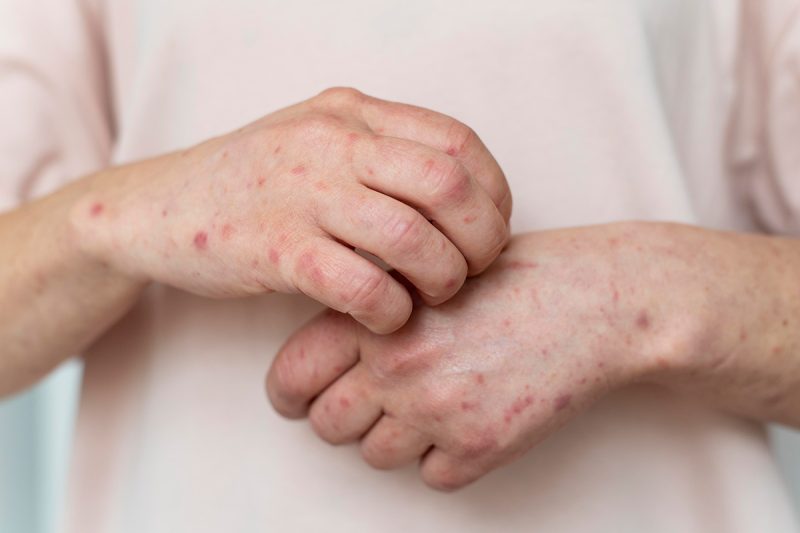Monkey Pox: Are you at risk?

-
Monkey pox is the latest viral infection which has caused concern among health experts. Last week World Health Organization (WHO) has declared Monkey pox as a global health emergency. The disease originates in Africa where most of the cases have been reported and so far, 500 people have died from it. But the cases have been reported in Europe, North America and even in South Asia. In light of how fast COVID became a world disrupting pandemic, it is natural for people to be worried about this latest viral outbreak.

Monkey Pox - What is Monkey pox
- How does it spread
- What are the early symptoms of it
- What precautions can you take against Monkey pox
- What is the treatment for Monkey pox
What is Monkey pox?
It is a viral infection which is from the same family as smallpox. Its zoonotic i.e. capable of spreading from animals to humans and vice versa. The name might suggest that the disease originates in monkeys but that is not the case. The disease was first noticed among captive lab monkeys in 1958 and thus the nomenclature but can be found in many smaller mammals. There are two subtypes (clades) to the virus that causes the disease, Subtype 1 and Subtype 2. Subtype 1 which is found in central Africa is the more dangerous subtype and the current outbreak is of Subtype Variant 1b. This is one of the reasons that WHO has announced a global health emergency.
Though it is related to smallpox it is far less dangerous. In terms of fatality, it’s more akin to COVID. But unlike COVID it does not spread as easily. The combination of not being particularly deadly and relatively less infectious means that it is unlikely to cause the same disruptions that COVID did to the world. But while it might not be as devastating to the world overall, it’s not a good idea to treat Monkey pox lightly. It’s important for you to understand the basics about this potential serious disease.
How does Monkey pox spread?
While there are several ways in which can spread the first and most prevalent is by being in close physical (skin to skin) proximity with the infected person including being in touch with scabs and/or body fluids of the person. It is also in the category of STDs (sexually transmitted diseases). It is also possible for a person to contract Monkey pox after being bitten by an infected animal or touching surfaces and objects like bedsheets and towels which were used by the infected person. While scientists can’t conclusively say that Monkey pox virus can spread through air like COVID, the available evidence points to this being a remote possibility. This is one of the reasons that Monkey pox virus does not spread as quickly as SARS.
The symptoms can take up to 3 weeks to appear from when the person was infected. The person becomes infectious only after the rashes begin to appear on their skin. These typically transform into pimple like outgrowth and eventually scab over. These scabs then heal over a period of 3 to 4 weeks before the person is completely cured.
What are precautions can you take against Monkey pox virus?
- Avoid close contact with anyone with it like symptoms i.e. rashes and scabs.
- Avoid touching objects used by someone with the mentioned symptoms.
- Wash your hands thoroughly before eating, touching your face or going to the bathroom.
- While it does not spread through air, it’s a good idea to wear a mask.
What is the treatment of Monkey pox?
There are no specific medicines. Since the virus comes from the same family as the now eradicated smallpox virus, the antivirals which were used for smallpox are used to treat and alleviate the symptoms. It’s important to remember it is not usually serious and will eventually heal. Hence maintaining calm and adhering to instructions of your doctor/healthcare provider is the best way forward.












